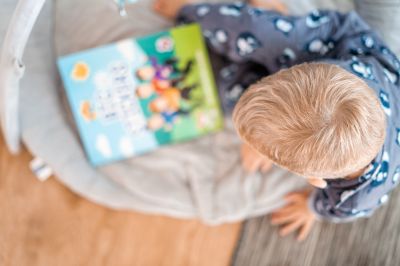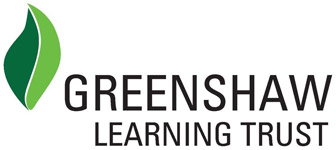Phonics

Phonics is a way of teaching children to read and spell quickly and skilfully.They are taught how to:
? recognise the sounds that each individual letter makes;
? identify the sounds that different combinations of letters make - such as ‘sh’ or ‘oo’
? blend these sounds together from left to right to make a word.
Children can then use this knowledge to ‘de-code’ new words that they hear or see. This is the first important step in learning to read. Our reading scheme we use is Songbirds and Big Cat Phonics.
Photo by kelli-mcclintock-Z7uacdEYnd4-unsplash
Why Phonics?
? Research shows that when phonics is taught in a structured way – starting with the easiest sounds and progressing through to the most complex – it is the most effective way of teaching young children to read. It is particularly helpful for children aged 5 to 7.
? Almost all children who receive good teaching of phonics will learn the skills they need to tackle new words. They can then go on to read any kind of text fluently and confidently, and to read for enjoyment.
? Children who have been taught phonics also tend to read more accurately than those taught using other methods, such as ‘look and say’. This includes children who find learning to read difficult, for example those who have dyslexia.









